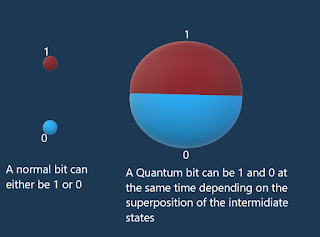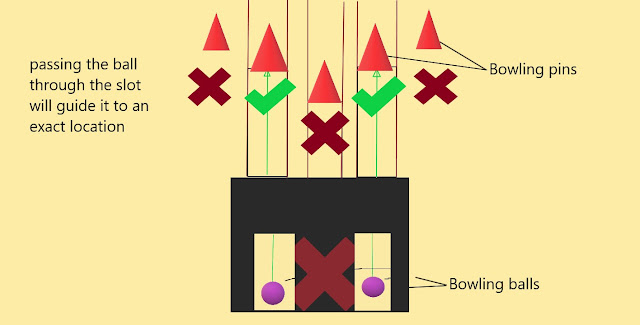Rutherford's atomic model
Based on his previous conclusions, scientist J.J Thompson assumed that, since objects seem neutral than atoms must be the same so the only explanation is that they have other positively charged entities that compensate for the presence of electrons, so he established the first atomic model. The model was commonly called the plum pudding model, I like to look at it like a raisin muffin, if you take a piece of muffin and open it you will see the raisins that are distributed randomly, the muffin represents the positive core and the raisins are the electrons.
Ernest Rutheford wanted to check the structure of the atoms, is it porous? is it equally distributed?
For that purpose, he did his famous experiment,"The Rutheford scattering".
The experiment consists of taking a piece of very thin gold foil, putting a circular screen around it and projecting the foil with 𝝰-ray, Rutherford didn't know what alpha ray is but he was pretty sure that the emitted 𝝰-particles are a lot smaller than atoms.
Here, he noticed something astonishing by examining the circular screen, 3 cases occurred:
1- the majority of the 𝝰-particles penetrate the gold foil as if nothing was there.
2 - some others lightly deviated from their original incident direction.
3- the rest completely ricocheted after hitting the foil.
from all the gathered data, the 3 cases could be explained very easily, yet very logically
1- if the majority of the 𝝰-particles penetrated the foil which is so thin that it's believed to contain very few atoms in its thickness, that means the atoms contain space or at least there are regions with density low enough allowing the ray to pass freely.
 2- the deviation could be due to the particles hitting the edge of something hard in the atom, it's like trying to put a ball in the basket but missing and hitting the perimeter resulting in a ball deviation on either side. Another possible resolution is based on the electric charge of the 𝝰-particles and the hard core, if they are both carrying the same charge and are close enough they repulse each other and the particle which has the lower mass ( the 𝝰 in this case) deviates.
2- the deviation could be due to the particles hitting the edge of something hard in the atom, it's like trying to put a ball in the basket but missing and hitting the perimeter resulting in a ball deviation on either side. Another possible resolution is based on the electric charge of the 𝝰-particles and the hard core, if they are both carrying the same charge and are close enough they repulse each other and the particle which has the lower mass ( the 𝝰 in this case) deviates.
Knowing that the 𝝰-particle is positively charged, then by elimination, the solid mass is equally positive.
3- this case is likewise evident, the 𝝰-particles just hit the core directly and bounced back.
Depending on this information, Rutherford established his own new atomic model where the positively charged core is small and situated in the center of a negatively charged cloud of electrons.




Comments
Post a Comment